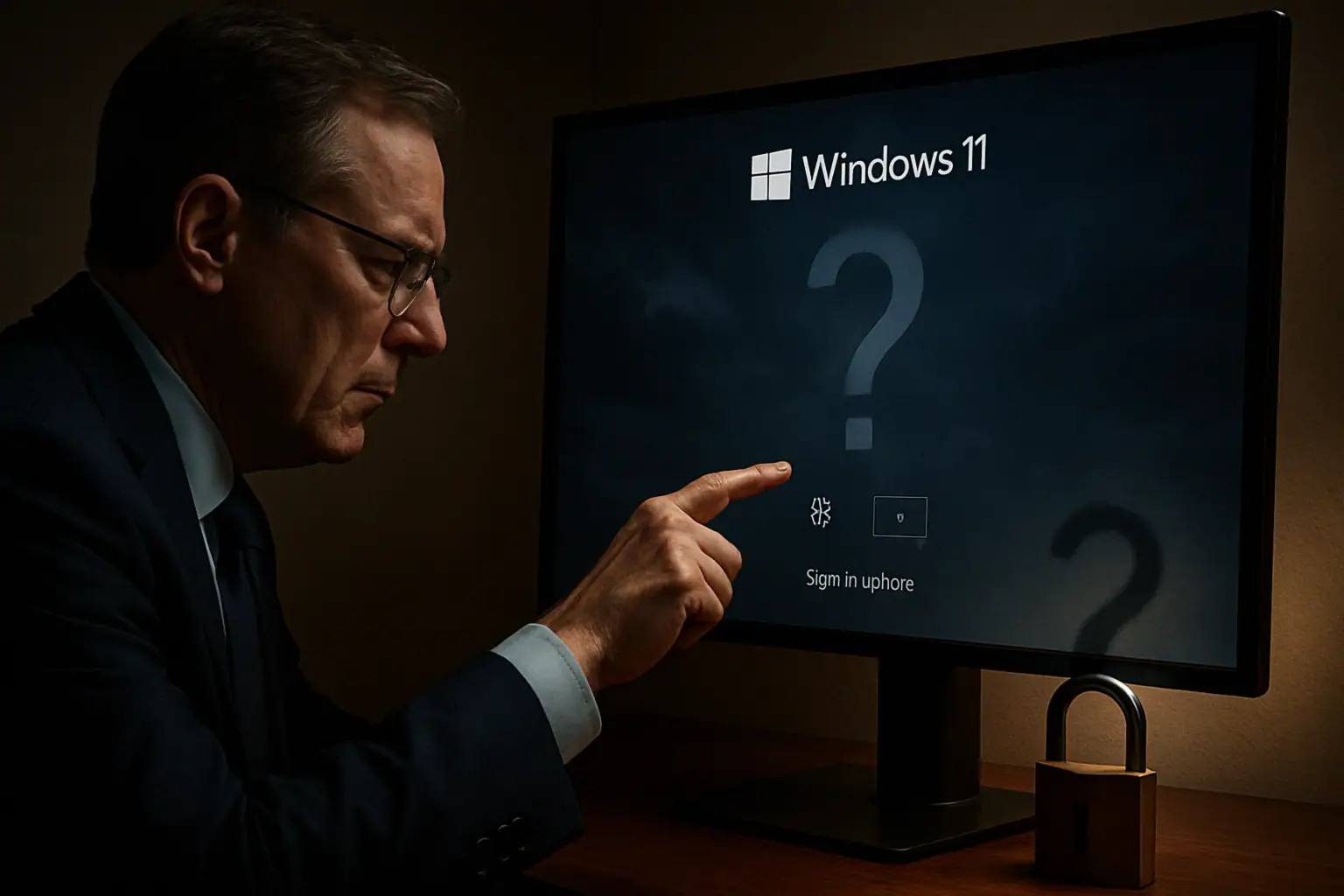Security researchers at Trend Micro’s Zero Day Initiative (ZDI) have uncovered a significant zero-day vulnerability in Windows operating systems that is currently being exploited by at least eleven state-sponsored hacking groups. This critical security flaw remains unpatched despite its widespread exploitation, raising serious concerns within the cybersecurity community.
Extensive Impact and Attack Analysis
The investigation has revealed approximately 1,000 malicious Shell Link (.lnk) files leveraging the vulnerability tracked as ZDI-CAN-25373. Nearly 70% of the observed attacks focus on cyber espionage and sensitive data exfiltration, with targets distributed across multiple continents, including North and South America, Europe, East Asia, and Australia.
Technical Vulnerability Assessment
The security flaw is categorized as a Critical UI Information Disclosure Vulnerability (CWE-451). Threat actors exploit specialized whitespace characters within the COMMAND_LINE_ARGUMENTS structure of .lnk files to conceal malicious code execution. This sophisticated technique enables attackers to execute arbitrary commands on targeted systems while remaining undetected by standard security measures.
Exploitation Methodology
Attackers implement various whitespace characters, including hexadecimal space representations (\x20), tabs (\x09), and other special characters, to obscure malicious command-line arguments. This methodology makes the malicious components invisible within the Windows user interface, significantly complicating detection and analysis efforts.
Identified Threat Actors and Their Tools
The vulnerability has attracted numerous sophisticated APT groups, including Evil Corp, APT43 (Kimsuky), Bitter, APT37, Mustang Panda, SideWinder, and RedHotel. These threat actors deploy various malware families in their operations, such as Ursnif, Gh0st RAT, and Trickbot, demonstrating the versatility and severity of this security weakness.
Microsoft has acknowledged the vulnerability report, stating that Windows Defender and Smart App Control can detect and prevent these attacks. However, while the company is considering addressing the vulnerability in future updates, no specific timeline has been provided. Security experts strongly advise users to exercise increased caution when handling files from untrusted sources, maintain up-to-date security software, and implement robust security practices to mitigate potential exploitation attempts. Organizations are recommended to monitor their networks for suspicious .lnk file activities and implement additional security controls where possible.






